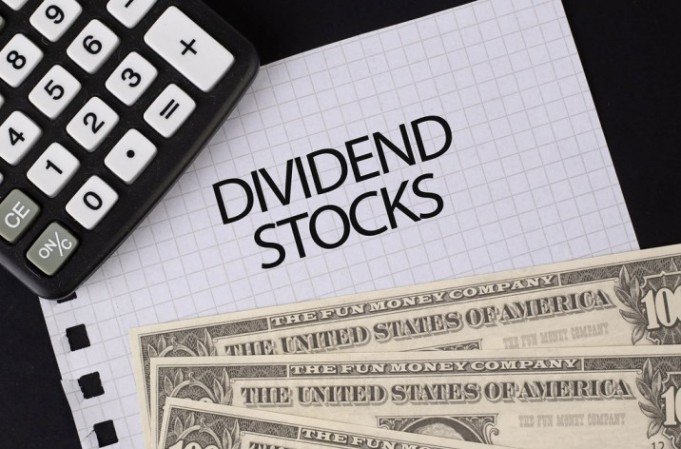Dividend Investment Plan :
The dividend investing plan gives a predictable income from regular dividend payments and capital appreciation over time. Buying dividend stocks is a great approach for investors to generate income or build wealth by reinvesting dividend payments. It can also be risky for investors, which can often be found in dividend stocks. But there can be pitfalls along the way in Dividend Investment Plan if you don’t know what to look for.
Investing in Dividend Stocks
Whether you are looking to generate income from dividends or build long-term wealth for the future. Dividend Investment Plan can be an excellent way to profit that comes along with stock investing. This is because of the two-pronged nature of the way recurring dividend payments and capital appreciation. Say you buy 100 shares for $10 each; the company pays a $0.30 annual dividend (that works out to a 3 percent yield). You would have invested $1,000 and would have received $30 annually in dividend payments. What you choose to do with your dividend is to buy stock in a different company, or buy some pizza.
The beauty of dividend investment plan is in the part of your returns, particularly if you own a diversified collection across industries and risk profiles. Then you can factor regular dividends and choose how to best redeploy them. When you combine dividends, the total returns from dividend stocks can rival and even exceed what you can expect from the rest of the stock market. It’s important to know how much in dividends to expect, and whether you should avoid a particular dividend stock.
Dividend yield and key metrics
Dividend yield: If a company pays $1 in annualized dividends and the stock is $20 per share, the dividend yield would be 5 percent. For instance, by comparing a stock’s current yield can be helpful to identify red flags. The key thing to know is a company’s ability to maintain the dividend payout matters even more.
Payout ratio: The dividend investment plan if a company earns $1 per share in net income, its payout ratio is 50 percent at a $0.50 per-share dividend. In general terms, the more sustainable a dividend should be the lower the payout ratio.
EPS: In dividend investment plan earnings per share in a company must earn more than its dividend results to the per-share value. The best dividend stocks are those that have shown the ability to regularly grow earnings per share over time. Companies that consistently grow earnings often have strong competitive advantages, including paying its dividend and potentially increase it.
Total return: The overall performance of a stock in the dividend investment plan, is from a share price change. For instance, if a stock rises by 6 percent and its total return is 9 percent, it pays a 3 percent dividend yield.
P/E ratio: In a dividend investment plan the price-to-earnings ratio divides a share price into earnings per share. P/E ratio is a valuation metric used with dividend yield to determine if a stock is fairly valued.
Dividends Yield Trap
There are a few steps in the dividend investment plan to avoid falling for a yield trap:
- Avoid the mistake of buying stocks with the highest yield.
- Use the payout and cash payout ratios to measure a dividend’s sustainability.
- Use as a guide company’s dividend history.
- Study the balance sheet, including other assets and liabilities.
- Consider if the company is at risk from competitors.
A yield that looks too good to be true, sadly, may prove illusory. Moreover, focusing on dividend growth and the ability to raise the dividend can prove more rewarding than chasing yield.









